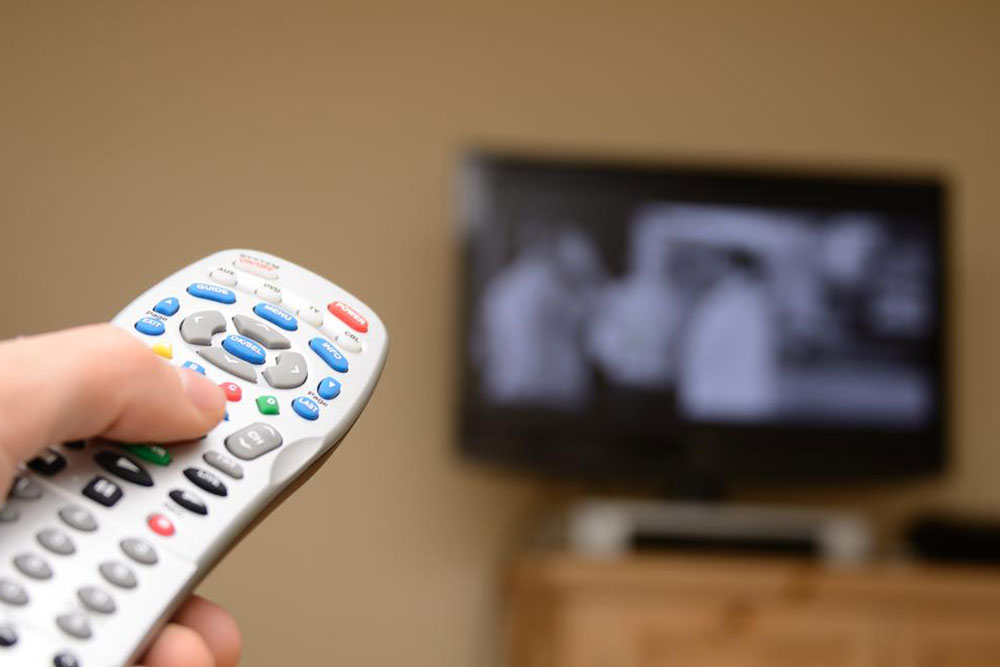An introduction to cable television
Television broadcasting was first introduced in the United states in the 1940s. The electromagnet signals sent by the broadcast networks carried TV programs exclusively over the airwaves. Tall towers were built which had the equipment helpful for delivering audio and video signals through air to the surrounding area. People began to install antennas on rooftops or attached to television sets to receive and tune signals. The major trouble faced those days was that the power and clarity of the signal grew weaker as they traveled farther from the tower. Hence, numerous towers were built in every area for better viewing experience.

Influence of FCC:
Major networks urged the FCC (Federal Communication Commission) to impose rules and restrictions on cable operators as they were alarmed by the growth of cable broadcast channels. For many years, the FCC was unwilling to make rules to control the technology. The commission Act of 1934 allowed the FCC agency to regulate communication technology that operated via airwaves such as radio.
Cable became a business:
The FCC started to weaken soon after facing continuous losses in court challenges in the late 1970s. At this time, Mark S. Fowler, the newly appointed chairman of FCC by then President Ronald Reagan, trusted that the private business should not be over ruled by the federal government and made it clear that he intended to reduce regulations governing televisions, levied by the FCC and allow a direct competition between the cable and broadcast networks. With the removal of limitations, the cable TV entered a period of quick expansion competing with the broadcast networks for the right to air major sports channels and also began to telecast popular network series. Today, though new technologies are trying to beat the cable TVs, cables could offer something that a network could not.

